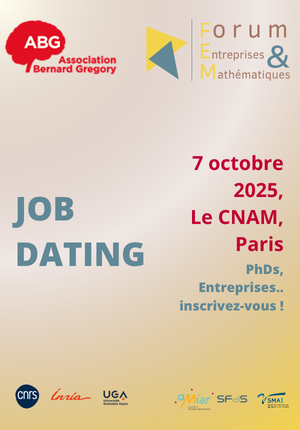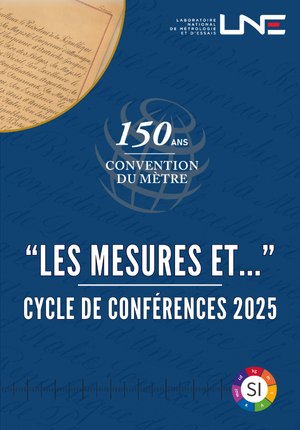Multifuntional theranostic nanostructures for controlled and targeted therapeutic activity
| ABG-132621 | Sujet de Thèse | |
| 23/06/2025 | Financement de l'Union européenne |
- Chimie
- Santé, médecine humaine, vétérinaire
Description du sujet
The i-NanoT project aims at producing efficient theranostic nanoparticles at large scale. Theranostic nanoparticles received great attention because they are designed for image-guided therapy which permits personalization of the treatment. With other groups of the consortium, our role in the i-NanoT project consists in the development, optimization and characterization of multifunctional nanostructures for combining different imaging modalities and several complementary remotely controlled therapeutic activity. Our research group developed nanostructures containing ultrasmall gold nanoparticles coated with chelators. The chelators were chosen for their ability to form stable complex with ions of interest for imaging (gadolinium ions for magnetic resonance imaging (MRI), radionuclide ions for nuclear imaging or radionuclide therapy). These gold nanoparticles exhibit a high potential for image (MRI, CT, nuclear imaging)-guided radiotherapy. However, this potential is under-exploited because of a too rapid renal clearance. For postponing the renal clearance which remains a pre-requisite for a safe application of gold nanoparticles, they were associated to large biodegradable carriers. Such an association led to the increase of vascular residence time but also permits to enlarge the palette of properties since the role of the biodegradable carriers is not limited to the transport of the gold nanoparticles. As a result, it is possible to design nanostructures combining chemotherapy and radiotherapy guided by MRI or associating different modes of hyperthermia, radiotherapy and immunomodulation.
The preliminary in vivo experiments highlighted the potential of these theranostic nanostructures for medical application. However, they are not yet optimized. Since the size, the morphology, the crystalline/amorphous character, the surface chemistry and the amount of gold nanoparticles per nanostructures are expected to affect their physical and chemical properties, their interaction with biological environment, their biodistribution and pharmacokinetics, a particular effort will be focused on the synthesis of gold nanoparticles and nanocarriers and on their assembly by playing on the synthesis conditions to try to establish a relationship between characteristics of nanostructures containing ultrasmall gold nanoparticles and synthesis conditions. These experiments will be performed with the goal to control the therapeutic activity and to understand the interaction with biological environment for a better targeting of the gold nanoparticles.
Prise de fonction :
Nature du financement
Précisions sur le financement
Présentation établissement et labo d'accueil
https://chrono-environnement.univ-fcomte.fr
Profil du candidat
|
The completion of the thesis work will largely rely on the skills, motivation and open-mindedness of the PhD student. He/She will devote his/her thesis work to the synthesis of gold nanoparticles and polymer or inorganic nanocarriers, to their controlled assembly for producing theranostic nanostructures, to their post-functionalization for selective targeting and to their in-depth characterization. Proof-of-concept experiments will be envisaged in order to validate their potential for detection by MRI and nuclear imaging and for treatment by a combination of hyperthermia, radiotherapy (external or internal), chemotherapy and/or immunomodulation. The candidate must have solid training in synthetic chemistry with, if possible, experience in the synthesis and manipulation of nanoparticles. Basic knowledge of biology, medical imaging and/or magnetism and optics and an interest in medical applications will be useful for the advancement of the thesis. |
Vous avez déjà un compte ?
Nouvel utilisateur ?
Vous souhaitez recevoir nos infolettres ?
Découvrez nos adhérents
 CESI
CESI  Nokia Bell Labs France
Nokia Bell Labs France  Laboratoire National de Métrologie et d'Essais - LNE
Laboratoire National de Métrologie et d'Essais - LNE  Ifremer
Ifremer  Aérocentre, Pôle d'excellence régional
Aérocentre, Pôle d'excellence régional 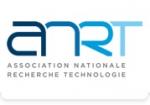 ANRT
ANRT 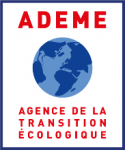 ADEME
ADEME  Institut Sup'biotech de Paris
Institut Sup'biotech de Paris  ONERA - The French Aerospace Lab
ONERA - The French Aerospace Lab  MabDesign
MabDesign  CASDEN
CASDEN  ASNR - Autorité de sûreté nucléaire et de radioprotection - Siège
ASNR - Autorité de sûreté nucléaire et de radioprotection - Siège 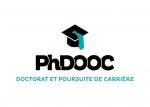 PhDOOC
PhDOOC  TotalEnergies
TotalEnergies  SUEZ
SUEZ  MabDesign
MabDesign  Généthon
Généthon  Tecknowmetrix
Tecknowmetrix  Groupe AFNOR - Association française de normalisation
Groupe AFNOR - Association française de normalisation

